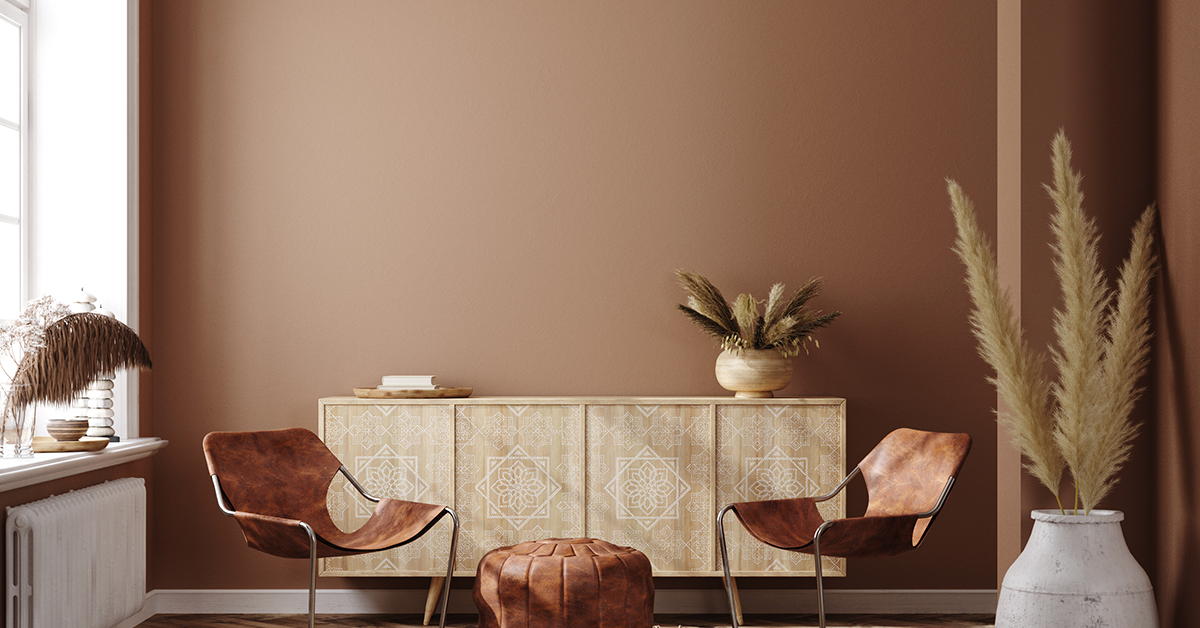List of Steps to Prepare Walls for Interior house Painting
Interior Painting is one of the most prime aspects of a furnished home. It can vary from simple wall art to complex patterns with beautiful infographics. Choosing Interior Paint for your Home can be a tedious task, and needs utter perfection as it will be giving an insight into your nature. But before you dive into the selection of a perfect paint for your home, know the basic steps to prepare walls for interior house painting. Preparation is a crucial part of both interior wall paint and exterior paint. You probably don’t want your sockets, fans, floor to be coloured as well, plus you don’t want cracks peeking through your newly painted walls. So, here is a 7 step guide to prepare your walls for interior house painting-
Protection
You need to remove your furniture from the room as it might cause hindrance to the workers and the furniture might get spilled with paints. Covering them with a sheet, or paper might be a good option too. For the sockets and other small things u can tape them up with paper tightly, because if any paint reaches inside of them, it might hamper them. If the paint falls on the floor, it will be a very tedious task for you to remove these paint spots. So you definitely need to cover the floor with sheets.
Clean the walls
To clean the walls that need to be painted, you can use a vacuum cleaner or a towel. If you intend to paint your bathroom and kitchen walls as well, a solution of laundry detergent and water might help you remove residues (e.g. rust-colored drip marks and sticky residue from cooking). After washing the walls, give them a quick rinse and allow them to dry completely. If there is wallpaper on the walls, you’ll need to remove it and then clean the walls properly. If mold is present, apply an anti-mold solution to the affected area; also, get a special sealer (e.g. anti-damp paint) to cover heavy mold growth.
Remove old paint
To remove cracked or flaking paint, use a paint scraper and sandpaper to smooth the surface. You can staple a piece of sandpaper to a sanding block or use an electric sander, which is more appropriate for large areas.
Repair damaged areas
Means much more than cleaning a few walls and choosing a chic color. To get the results expected, you must find all the flaws before priming and painting your walls. Loose patches of old plaster and cracks around window and door frames are some of the most common problems you may observe when inspecting your walls. After removing the old plaster, prepare fresh plaster to repair those areas. As well, a good idea would be to fill the gaps around windows and doors with a flexible sealant.
Find “invisible” flaws
While some flaws are visible, others are not. You can use a utility light to find the flaws that are less obvious. Hold the light close to the wall surface, moving it up and down. Circle any flaws you notice so that you can find and repair them later. After executing all the repairs, use sandpaper to smooth imperfections away.
Use lining paper
Using lining paper implies additional work, and it usually doesn’t do much good. However, in specific situations, such as when walls have lots of fine cracks or large repair areas, covering them with lining paper can help you get a smooth, flawless base for interior paint.
Prime your walls
If your walls are covered in a water-based paint, you can apply a fresh coat of paint over the old color. But if you intend to paint over a semi-gloss, gloss, or oil-based color, using a primer is imperative to end up with perfectly painted walls.
Use a special stain-blocking primer
Although a regular primer can hide small imperfections, most products can’t cover certain marks, such as those left behind by water and permanent markers. These marks will bleed through your paint, even if you apply several coats. First, try to remove the stains; if they won’t go away, use a stain-blocking primer.




Comments
Post a Comment